The more I think about this topic, the more I think it can go on for many weeks. It is not that it is complicated but that it is so deep. It is so deep that I am having a hard time getting started because as soon as I start thinking about a direction I almost immediately fork (in my mind). I will try to keep it on a high level and generalities, that way you can apply the concepts to your own situation.
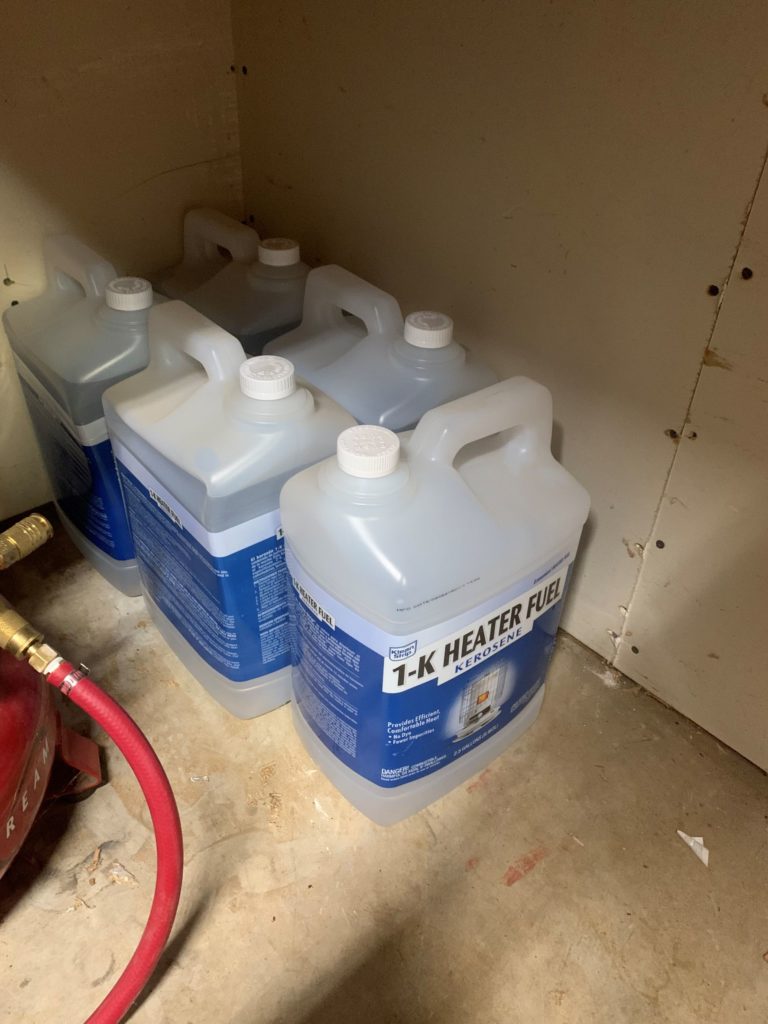
As I said last week, the first step is to inventory what you have. Now, not everything you have you may necessarily need in an emergency situation. For instance, is the lawnmower a necessary piece of equipment? I don’t think so but you might want to note that you have it and it runs on gasoline (if you don’t have a battery or corded model, but that is a different discussion). Whatever happens, you may want to have two gas cans for your mower so that you don’t have to run to the gas station before you mow your grass.
See what I mean, I am already jumping around from inventory to necessity to power equipment. Staying in the power equipment arena, I have a string trimmer, chainsaw and leaf blower. These are all two cycle, gasoline tools, so they need gas and oil. I think the industry trend is now 50:1 blend but old tools were 40:1 and some were even 32:1.
Preferably, I would like all of my equipment to require the same blend ratio that way I only need to have one mix on hand. What is key in my situation is that I pay for yard maintenance. So, really I don’t have anything pre-mixed because I don’t want it sitting around and potentially going bad. When I do use them, I mix what I need at the ratios I want it. I do usually have a small amount of commercial premix available in case of emergency. What is nice about that is that is those containers are sealed and free of contaminants, like water. Read easy to store, quick to use but super expensive at $10 a quart.
Of all of those things, only the chainsaw to me is an emergency tool. Here I would star in my inventory, need gasoline. Moving on, I have a small generator, more gasoline. Did you know that you can use your car as a generator? More on that another week but more gasoline.
I mentioned that my house is all electric. My backup cooking plan is Coleman camping equipment. Mine are dual fuel which mean that they run on gasoline and Coleman fuel (white gas). I prefer gasoline as a common fuel and less to inventory and store, more on that in a minute. FYI- They made some older models that were Coleman fuel and kerosene with some part changes if you are looking for versatility. They were for European users since apparently kerosene is easier to get than Coleman fuel.
I have some Coleman fuel in storage for the same reason I have premixed two cycle gas. It is sealed and free of impurities. The truth is, I have had it for several years and this is before I really got my gasoline program in place. This provided a stop gap for having fresh gasoline available for all the things I wanted redundancy. And it is easy to take on a camping trip. At least easier than a five gallon gas jug.
I use a kerosene heater in my shop. Is is the best setup? Probably not, but I have it. In some areas of the country, you can buy kerosene at the pump. I was able to do that when I lived in South Carolina. But here, I have to buy it at the stores like box stores and home centers. The trick with this fuel is that it is seasonal. It is only stocked in the stores in the winter time frame and when it is out, it is out.
That is to say that when the bulk quantities are out you can often find one gallon jugs in the paint section but you are also paying double what the winter prices are. Now, it is running $10 a gallon at winter prices. So, I buy it when it is on sale and available to have 10 gallons available at all times. Remember that my house is all electric, so I want the ability to move heat where I want it if I need to.
I have gotten some use out of my heater and I know that 2.5 gallons lasts about 40 hours running. It is good to know how much fuel that you might want to have on hand if you need it. This means that my storage capacity is about 160 hours. I wouldn’t run it all the time but a couple hours in the evening would be nice.
I know that I am all over the place. I told you that I was having a hard time staying succinct. But, by my count I want gasoline and kerosene at least and I want some two cycle oil with the ability to measure and mix. The basic strategy is count up all the things you have or want and what fuels they use. Figure out what might be required inventory and rotate (more on that later too). The more commonality you have, the simpler things will be.
One final thing about fuels. Things like generators run on fuel but they don’t run forever without maintenance. If you have one and you think that you might have to run it, oil changes are required. On mine it is every one hundred running hours after break-in. If you think about it, that is about every four days of continuous running. I would suggest that you store corresponding maintenance fluids and even parts so that you don’t find yourself smiling until the generator seizes up.
End Your Programming Routine: Next week, I am going to talk about storing gases. Probably the following week all things electrical. Hopefully, I am not going to bore everyone by going down the preparedness rabbit hole but even if you choose not to do what I do, not having to go to the gas station before you mow the grass seems smart to me. Consolidating and having dual fuel or commonality also seems smart to me. I am going to keep going so hopefully you learn something as well.
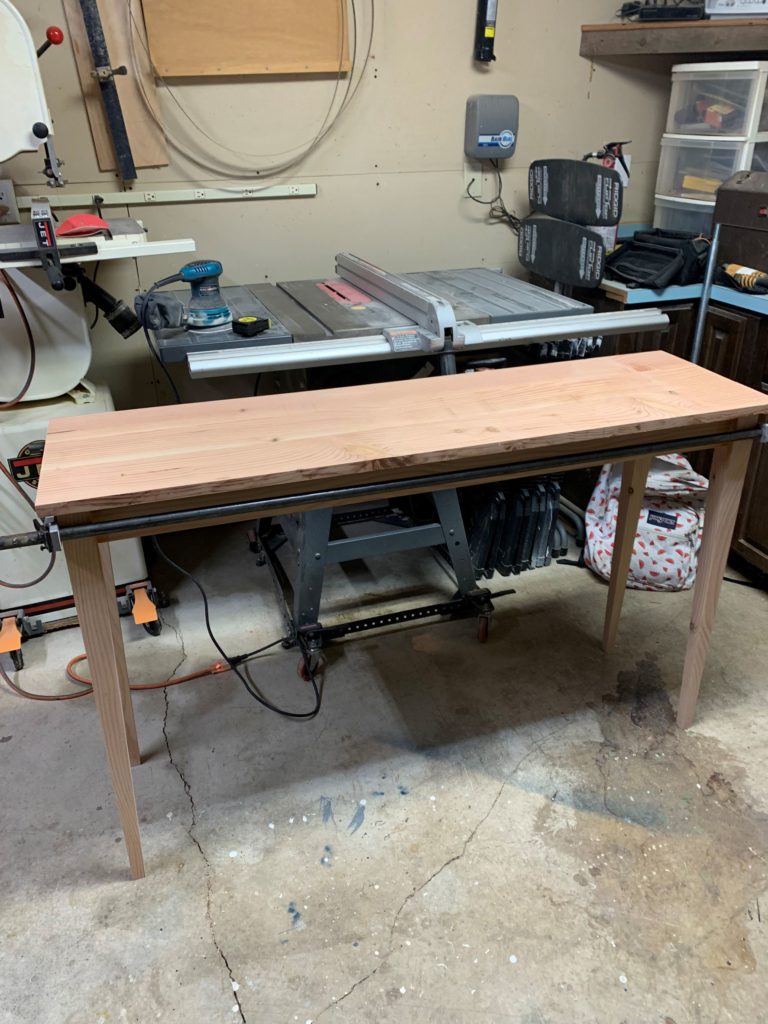

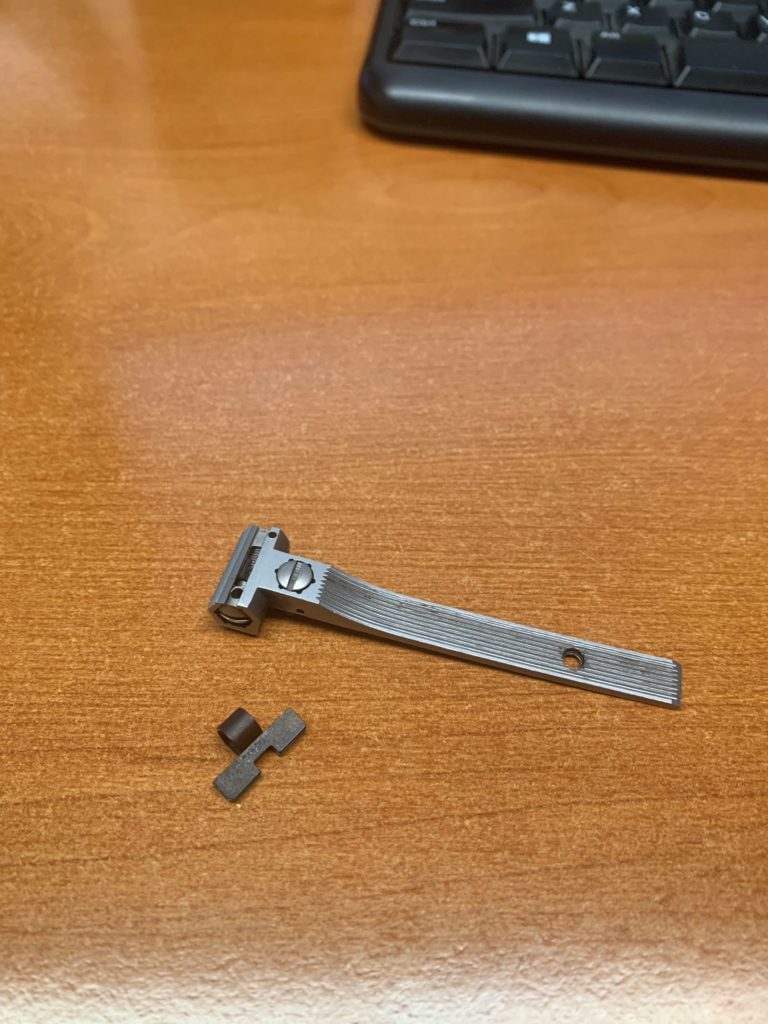
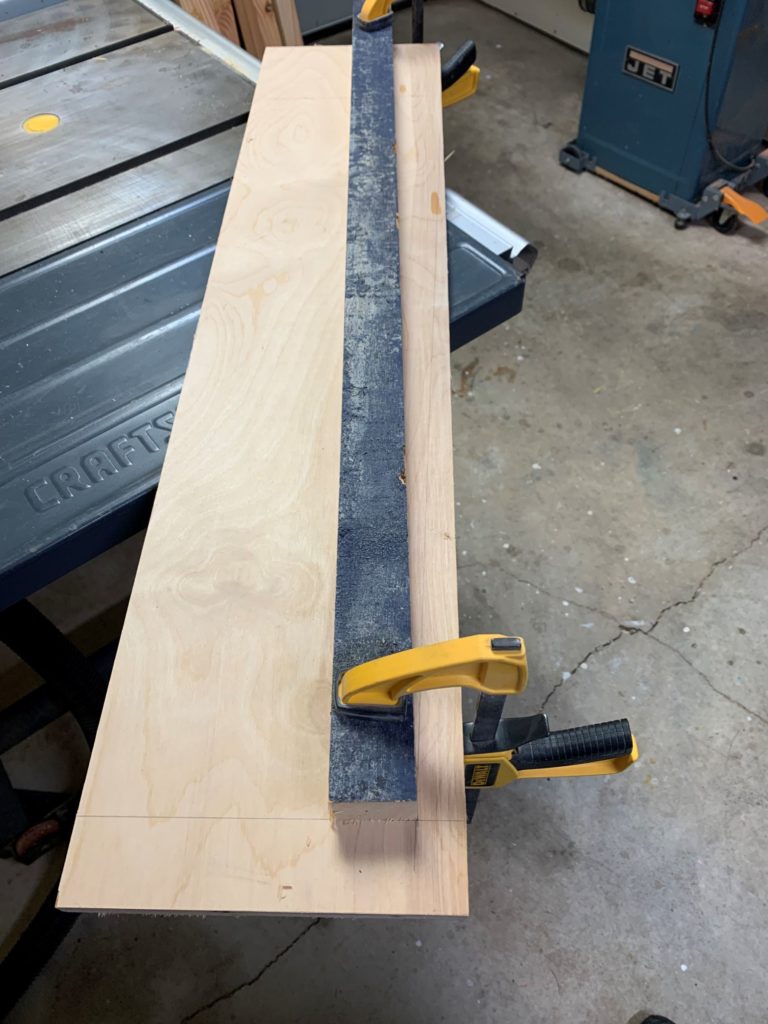


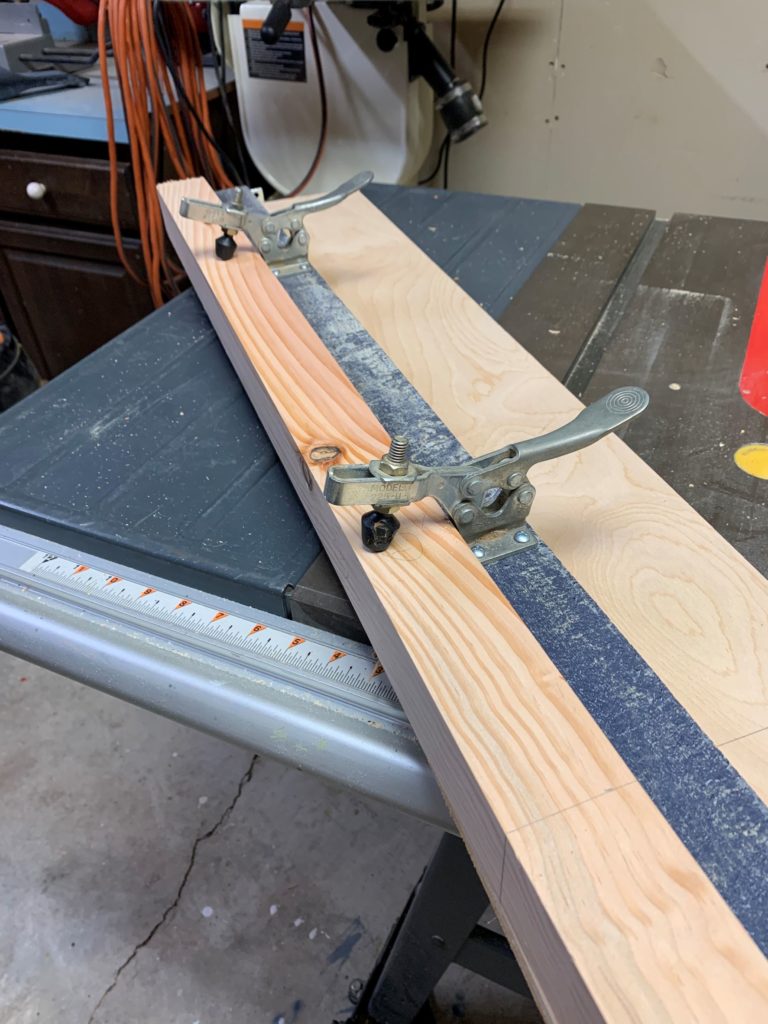
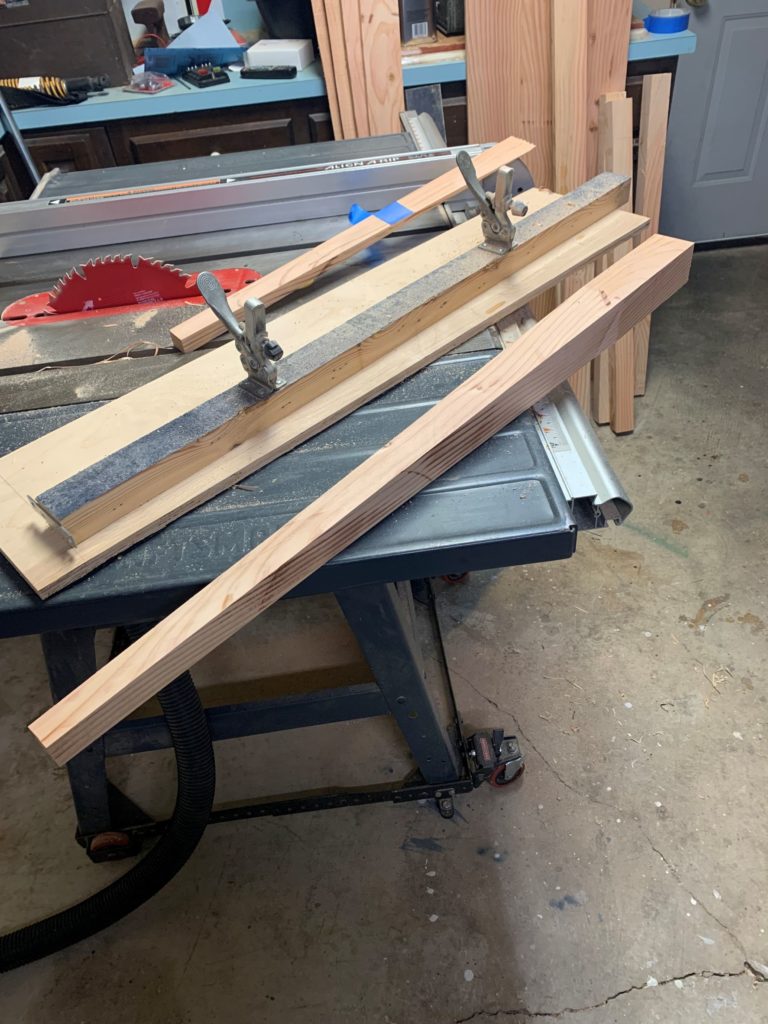
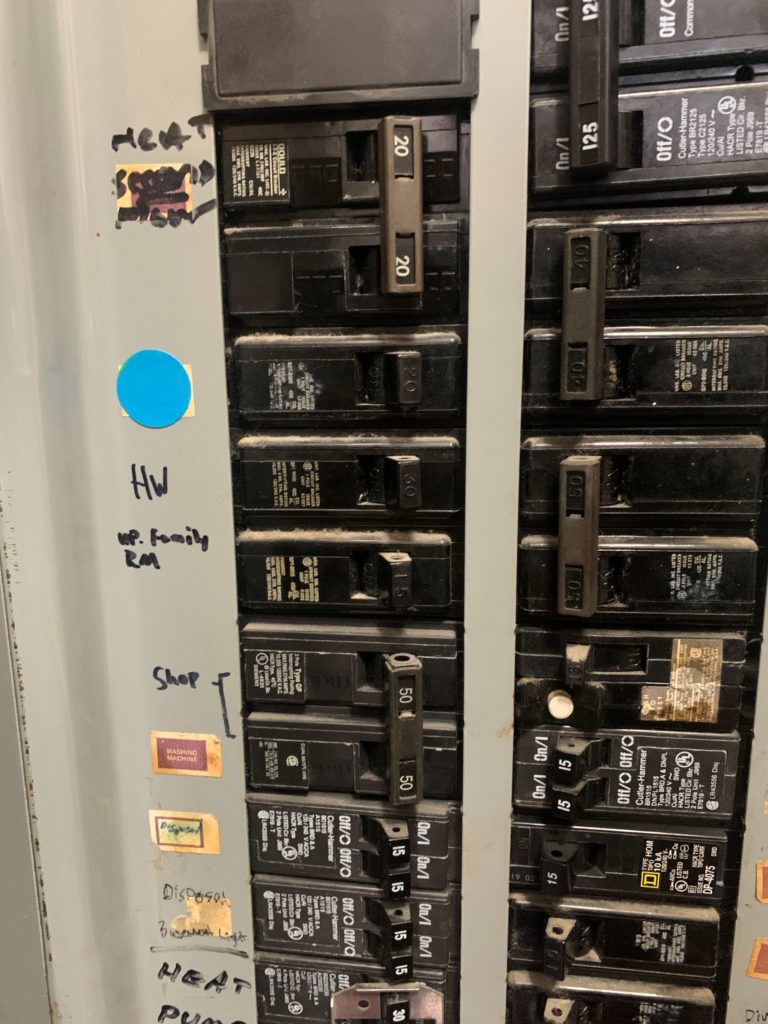
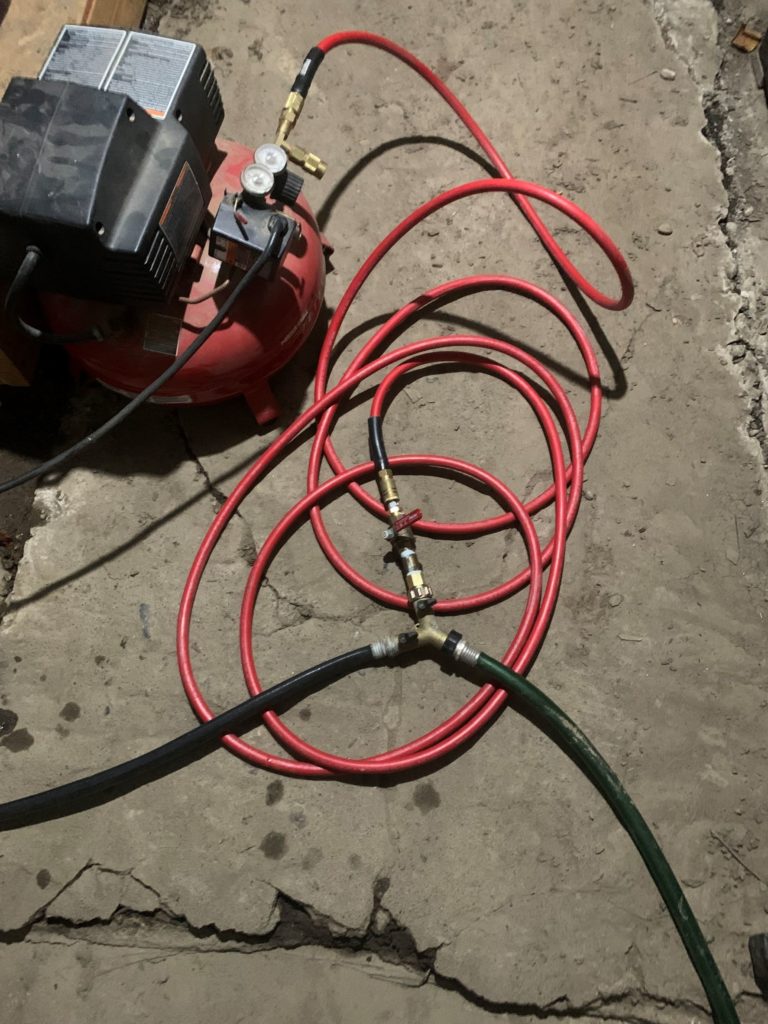
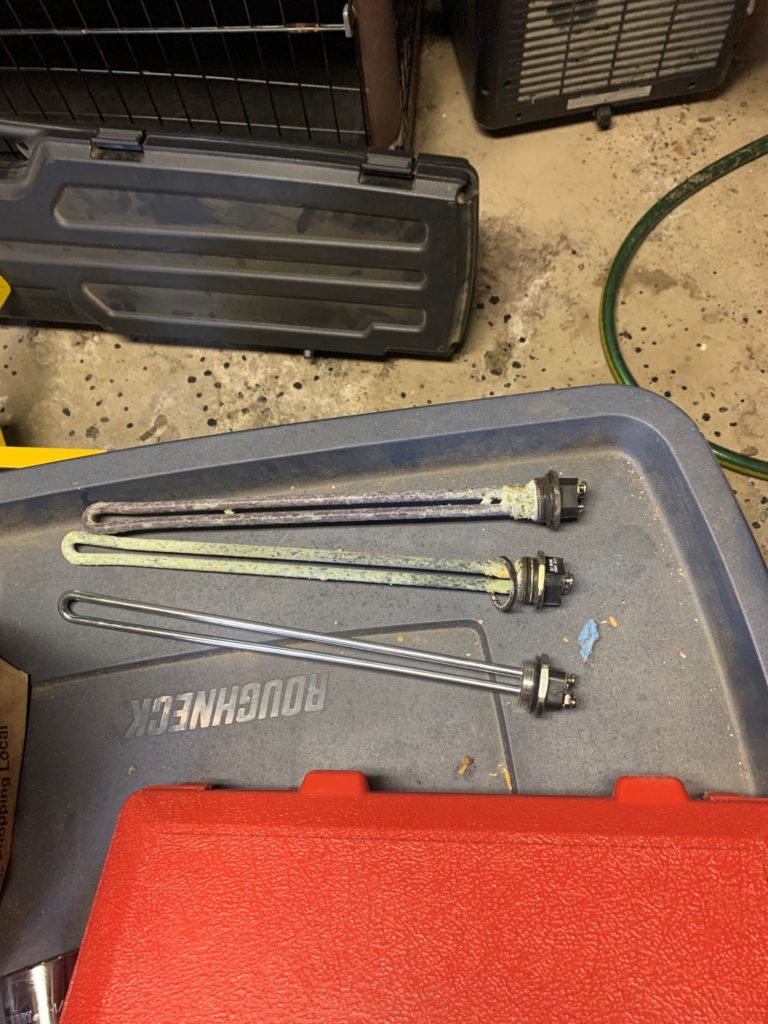
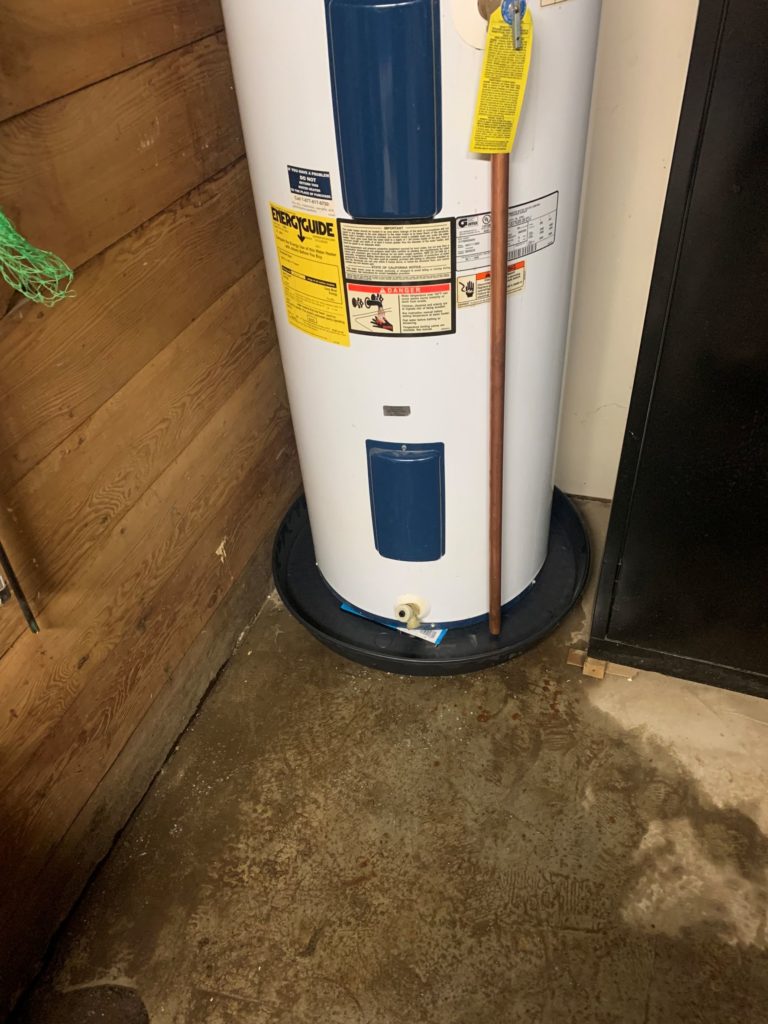
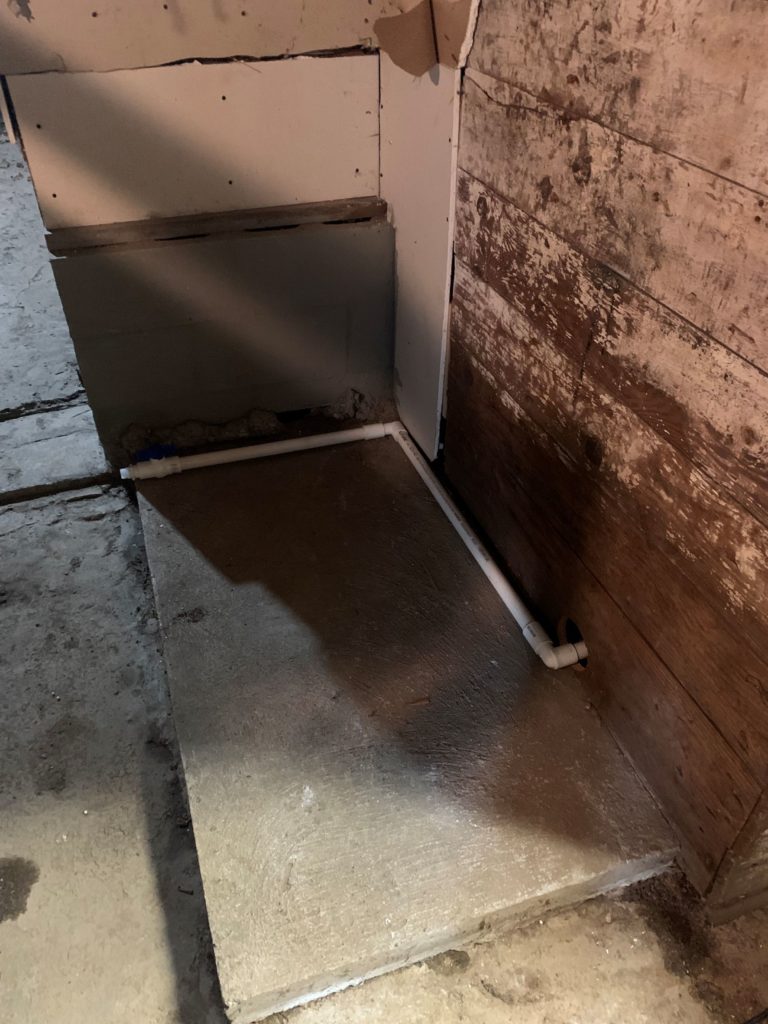
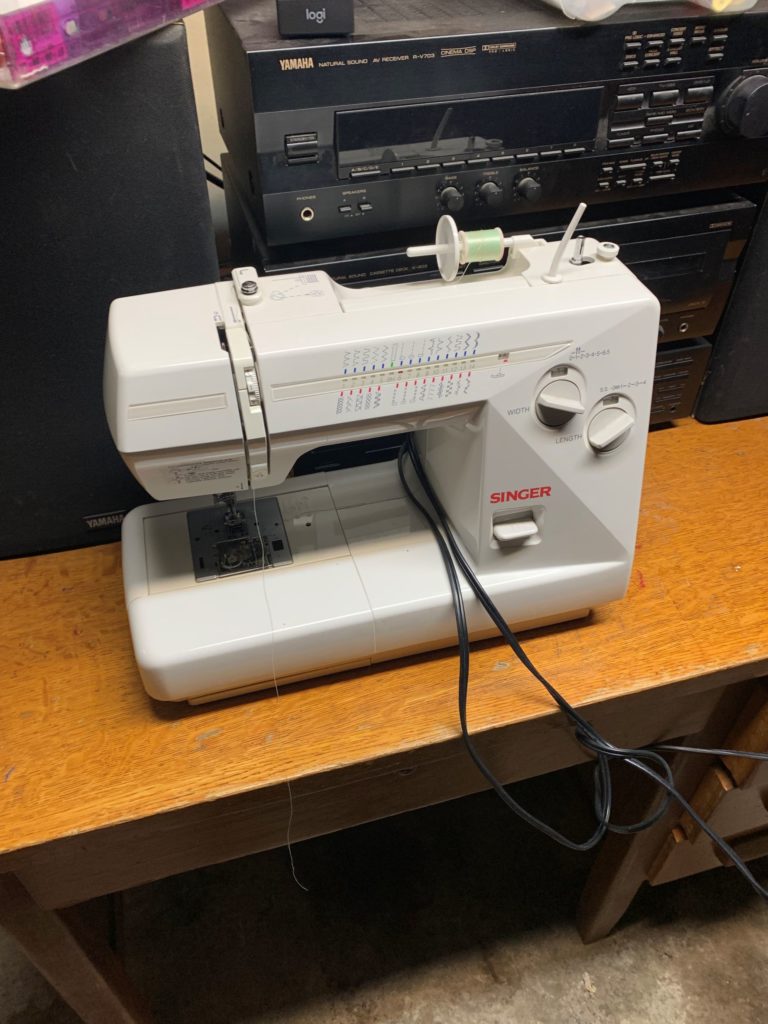
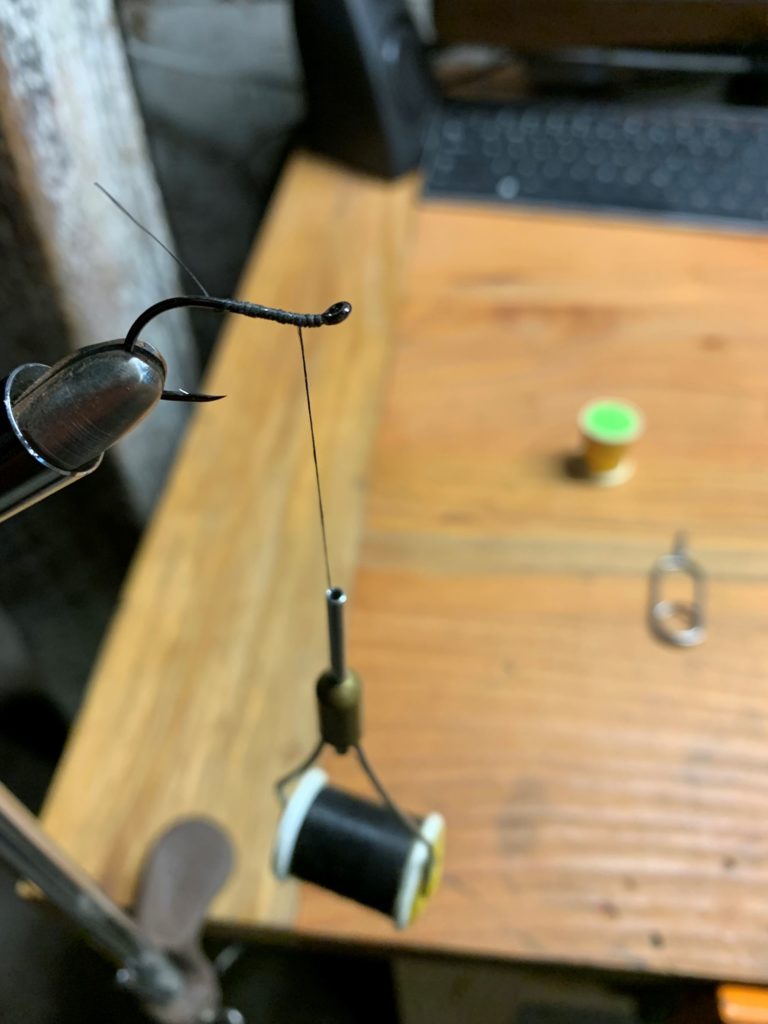
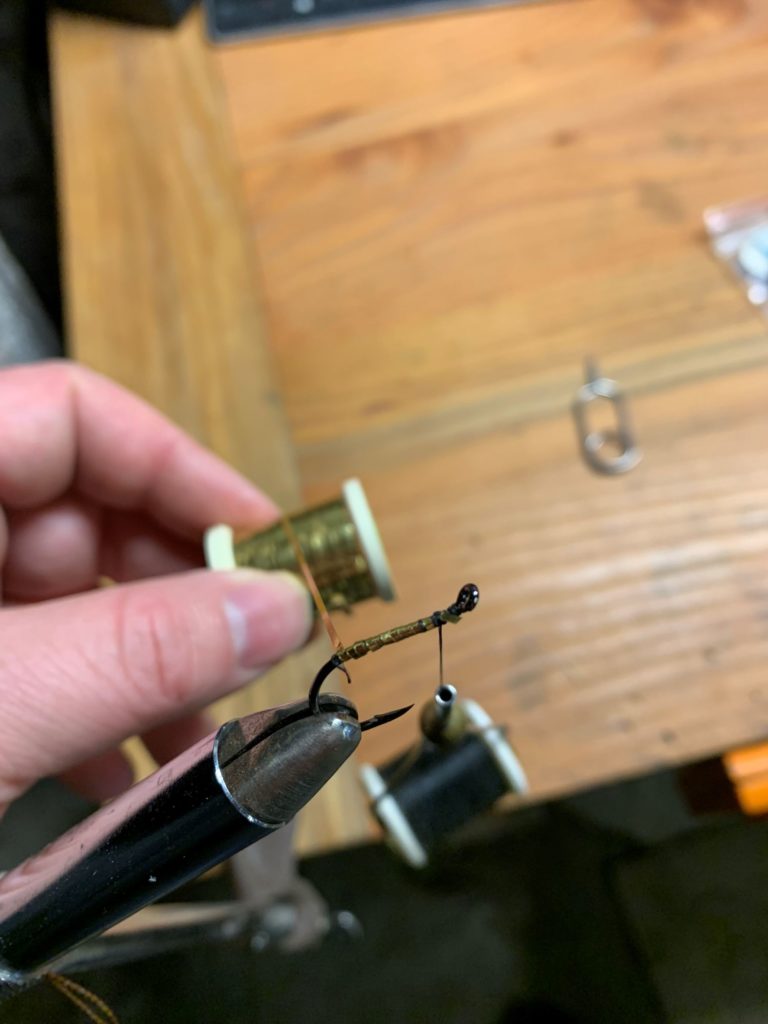

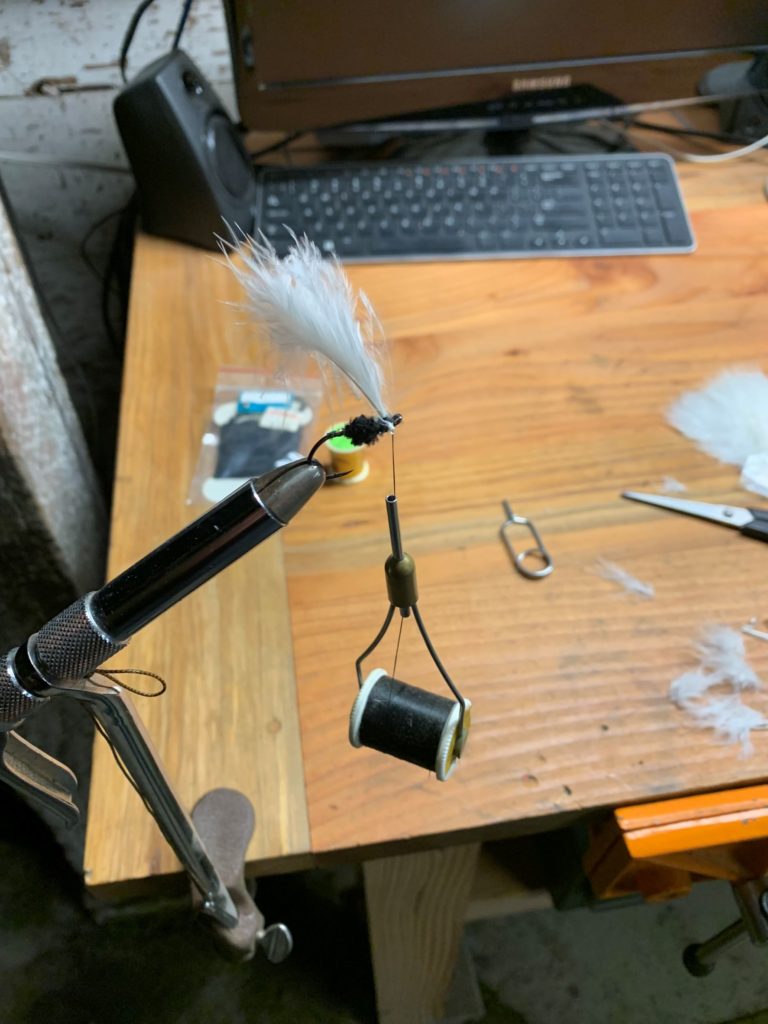
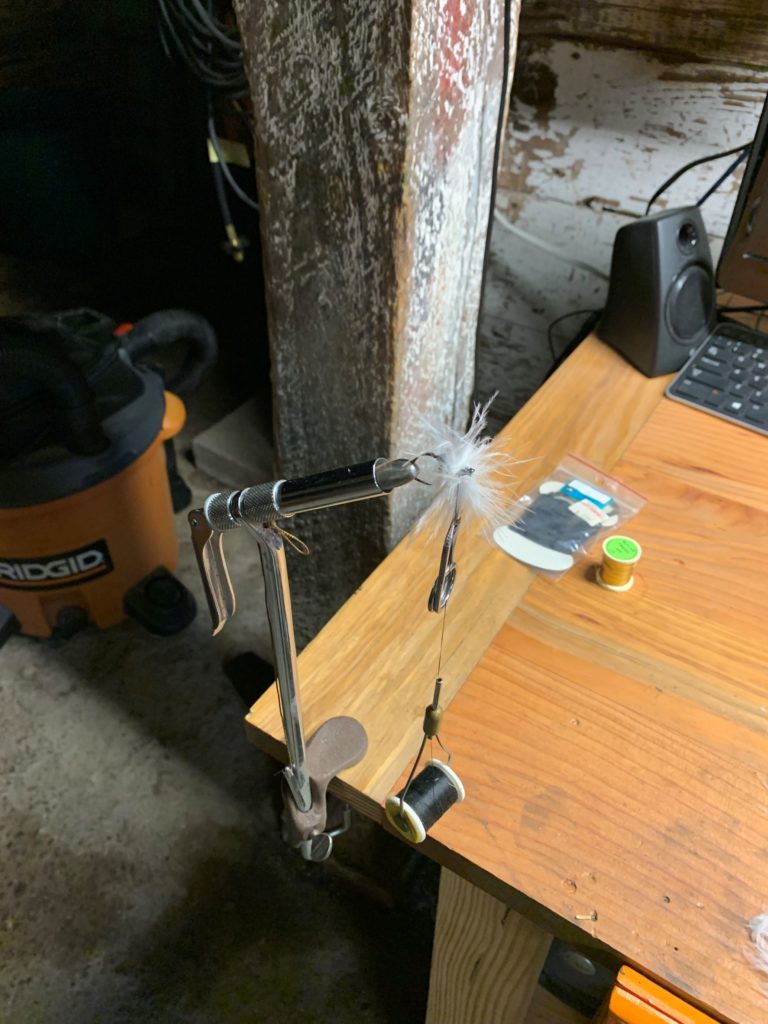
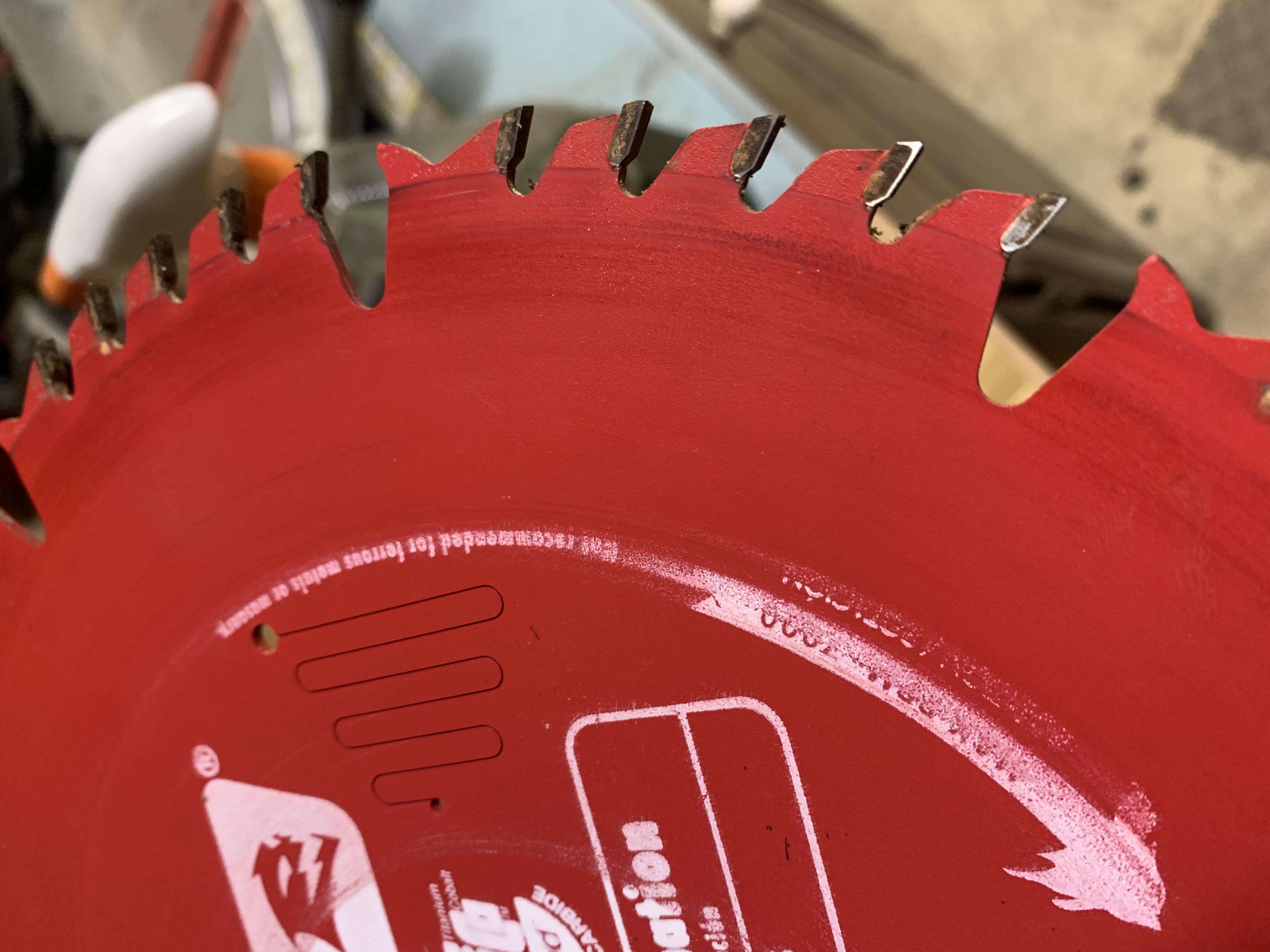
Recent Comments